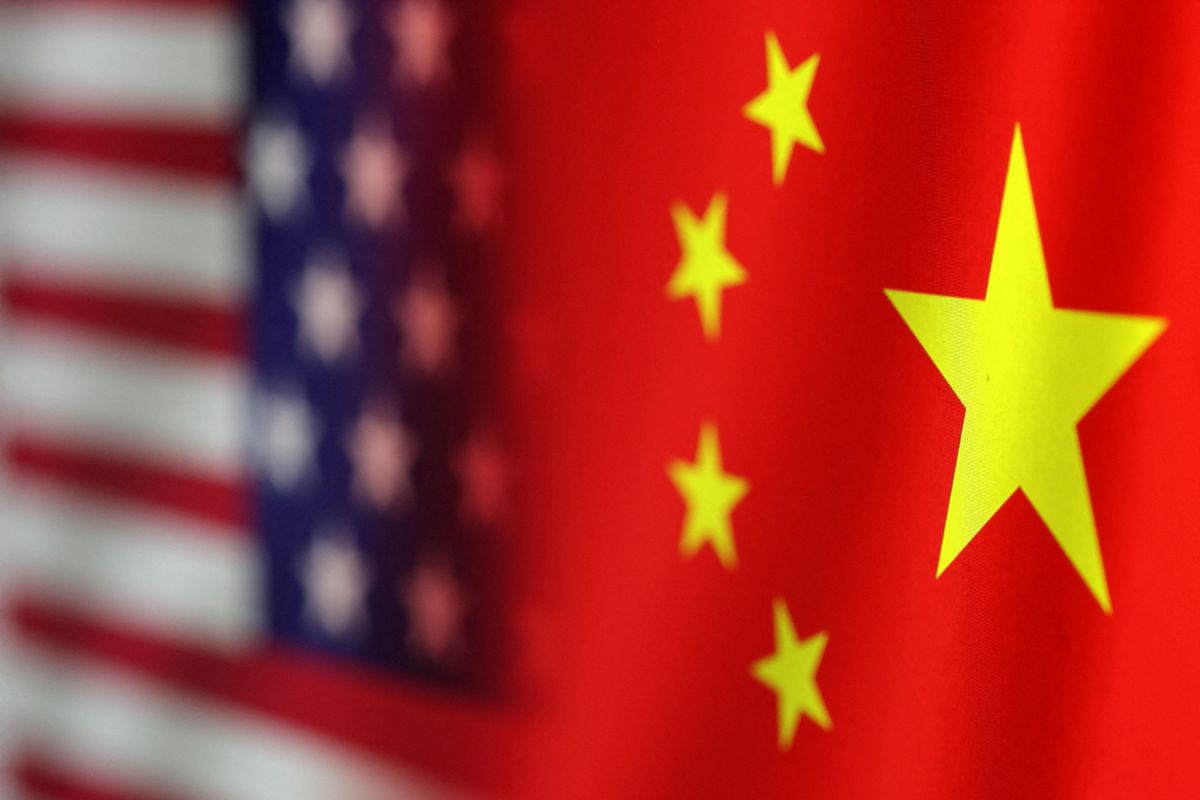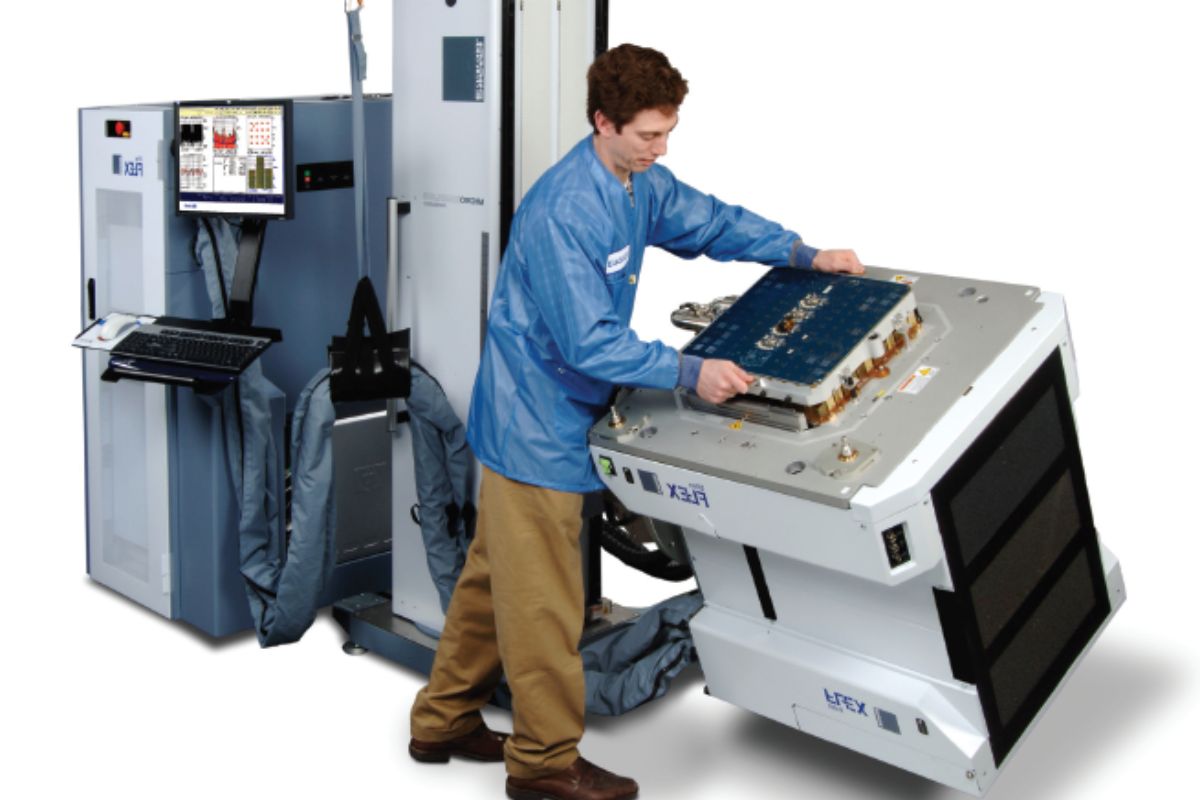Teradyne’s 1 Billion Manufacturing: In a move that has sent shockwaves through the manufacturing industry, Teradyne, a leading provider of automatic test equipment, has recently embarked on a billion-dollar shift to navigate the treacherous waters of U.S. export controls and global supply chains.
With the ever-increasing complexity of international trade regulations, Teradyne‘s decision to relocate its manufacturing operations raises crucial questions about the challenges faced by companies operating on a global scale.
This seismic move not only highlights the significant financial risks involved but also underscores the wider implications for Teradyne’s market share and the broader landscape of U.S. business strategies.
As the story unfolds, it becomes clear that Teradyne’s journey is just the tip of the iceberg, leaving us to wonder how this billion-dollar shift will shape the future of international commerce.
Key Takeaways
- Teradyne successfully relocated $1 billion worth of manufacturing operations out of China due to stringent U.S. export regulations.
- The move was driven by the need to protect Teradyne’s technology from falling into the wrong hands and to reduce dependence on China.
- Teradyne faced significant expenses and supply chain disruptions during the relocation process but eventually secured the necessary licenses to alleviate the impact of the regulations.
- Teradyne’s move reflects a broader trend in U.S. business strategies, where companies are reassessing their supply chains and adapting to the evolving global economic landscape.
Also Read: Surging Demand for Fire Trucks Exposes Disparities in US Manufacturing Landscape
Teradyne’s $1 Billion Manufacturing Relocation: Responding to U.S. Export Regulations
How did Teradyne navigate U.S. export regulations and relocate $1 billion worth of manufacturing operations?
Find out how this semiconductor testing equipment supplier defied the odds and made a strategic move that shook the industry.
In response to stringent U.S. export regulations issued in October 2022, Teradyne faced disruptions in its supply chain, forcing the company to take bold action.
Faced with restrictions on its primary manufacturing site in Suzhou, subcontracted to Flextronics, Teradyne set out to find a solution. With careful planning and meticulous execution, the company successfully shifted approximately $1 billion worth of manufacturing operations out of China.
This move not only ensured compliance with U.S. regulations but also safeguarded Teradyne’s position in the global market.
Discover the secrets of Teradyne’s billion-dollar relocation and how they conquered the challenges of export controls and supply chains.
U.S. Export Regulations and the Suzhou Manufacturing Site
The relocation of Teradyne’s Suzhou manufacturing site was prompted by the implementation of U.S. export regulations aimed at curbing technology support to China’s military. This move is just the tip of the iceberg in a larger battle for technological supremacy between the United States and China.
Here are three shocking ways these regulations are reshaping the global supply chain:
- Shifting Power Dynamics: The U.S. export regulations are challenging China’s position as the world’s manufacturing hub, forcing companies like Teradyne to seek alternative locations outside of China. This shift in power could have far-reaching implications for both countries’ economies and geopolitical influence.
- Defense Against Espionage: By relocating its Suzhou manufacturing site, Teradyne is taking proactive measures to protect its technology from falling into the wrong hands. With growing concerns over intellectual property theft and cyber espionage, this move is crucial for safeguarding sensitive information.
- Reducing Dependence: The implementation of these export regulations is prompting U.S. companies to reduce their reliance on China. By diversifying their manufacturing sites, companies like Teradyne can mitigate the risks associated with supply chain disruptions and geopolitical tensions.
The impact of these regulations goes beyond a single manufacturing site. It signifies a seismic shift in global trade dynamics and highlights the high stakes involved in the race for technological dominance.
Regulatory Risks and Significant Expenses for Teradyne
Teradyne’s relocation due to regulatory risks resulted in significant expenses for the company as it navigated the challenges of supply chain disruptions and securing necessary licenses. The company faced a daunting task of balancing compliance with export controls while ensuring smooth operations. Some suppliers hesitated to ship goods despite authorization, leading to disruptions in the supply chain.
This added complexity and uncertainty to Teradyne’s operations, requiring them to invest substantial resources in resolving these issues. However, the company was eventually able to secure the necessary licenses, alleviating some of the impact of the regulations. These regulatory risks and expenses highlight the high stakes and intricate nature of managing global supply chains in a tightly regulated environment. Teradyne’s experience serves as a cautionary tale for companies facing similar challenges.
| Challenges | Impact | Resolution |
|---|---|---|
| Supply chain disruptions | Delayed deliveries and increased costs | Securing necessary licenses |
| Supplier hesitation | Disruptions and increased uncertainty | Investment of resources in resolving issues |
| Compliance with export controls | Regulatory risks and significant expenses | Successful acquisition of licenses |
The repercussions of navigating export controls and supply chain disruptions have had a significant impact on Teradyne’s market share and underscore the ongoing regulatory significance of these challenges.
Despite not being directly targeted by the rules, Teradyne reported significant setbacks, causing a dent in its market dominance. This shocking revelation serves as a wake-up call to all companies in the industry.
The incident highlights the harsh realities businesses face in trying to comply with export controls while also managing global operations seamlessly. Teradyne’s struggle becomes a cautionary tale, reminding us of the complexities of international trade amidst geopolitical tensions and a constantly evolving regulatory landscape.
Brace yourself as we delve deeper into the details of this market upheaval and its lasting implications. Prepare to be astonished, informed, and empowered as we unravel the mysteries behind Teradyne’s market share decline.
Teradyne’s Move Reflects Broader Trends in U.S. Business Strategies
Does Teradyne’s recent move signify a shift in U.S. business strategies? The answer is a resounding YES!
Teradyne’s decision to relocate its manufacturing operations is not an isolated incident but rather a reflection of a broader trend in U.S. business strategies. As the U.S.-China tech rivalry heats up and regulatory scrutiny intensifies, companies like Teradyne are forced to reassess their global supply chains.
The days of relying heavily on China for manufacturing are coming to an end as businesses seek to mitigate risks associated with geopolitical uncertainties and changing regulations. Teradyne’s bold move is just the beginning of a seismic shift in how U.S. companies approach their operations.
The global economic landscape is evolving rapidly, and businesses must adapt or risk being left behind. Stay tuned as more companies follow Teradyne’s lead and redefine their business strategies in this new era of uncertainty.
Conclusion Of Teradyne’s 1 Billion Manufacturing
The billion-dollar shift by Teradyne in response to U.S. export regulations highlights the challenges faced by companies in navigating global supply chains.
The relocation of its manufacturing site in Suzhou showcases the significant expenses and regulatory risks imposed on businesses.
This move also signifies the broader trend of U.S. companies reassessing their strategies amidst evolving regulatory landscapes.
Stay informed about the impact of export controls on market share and the continuous regulatory significance in the industry.




